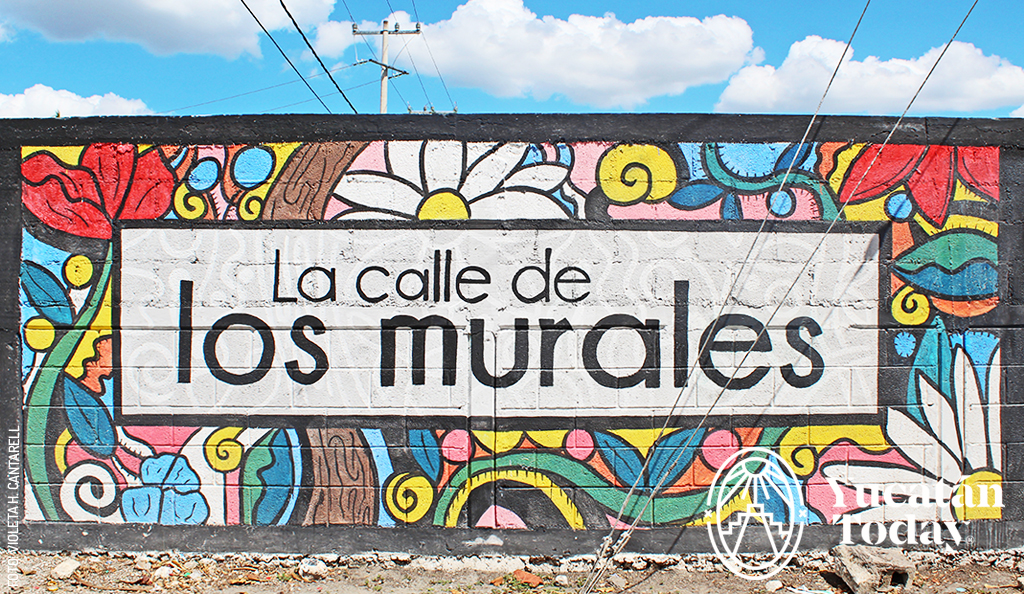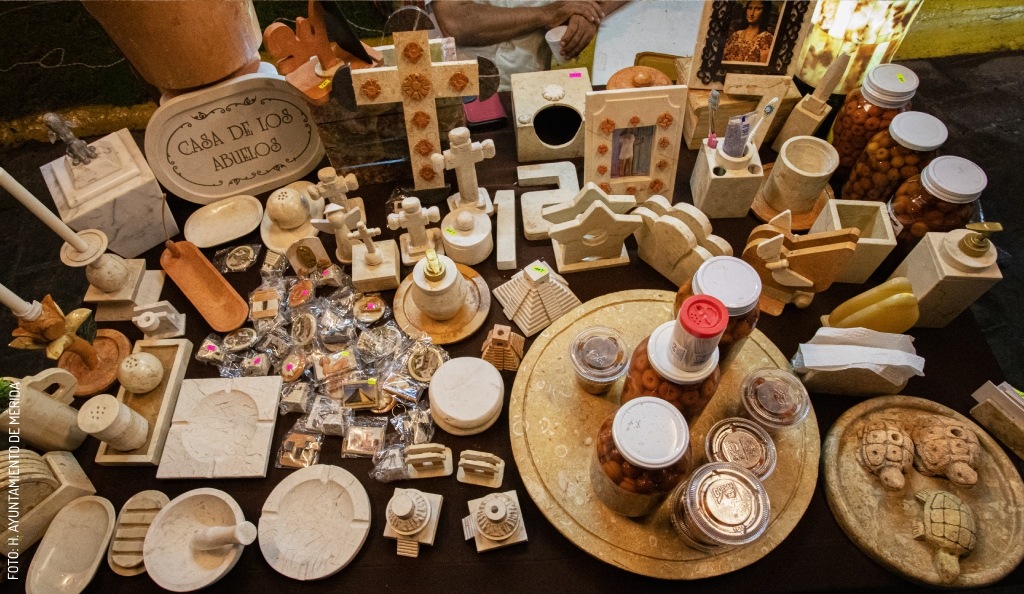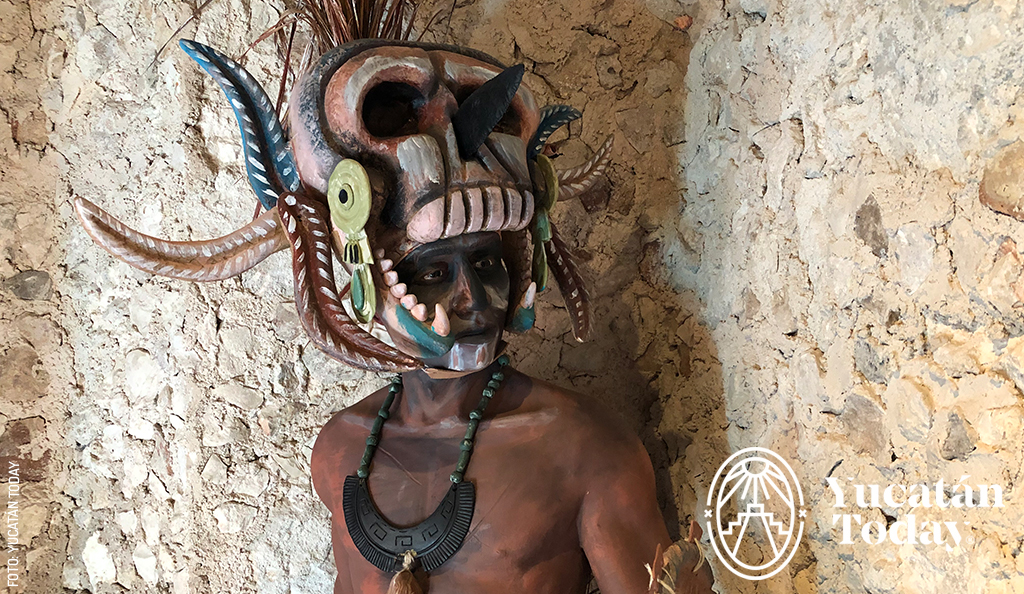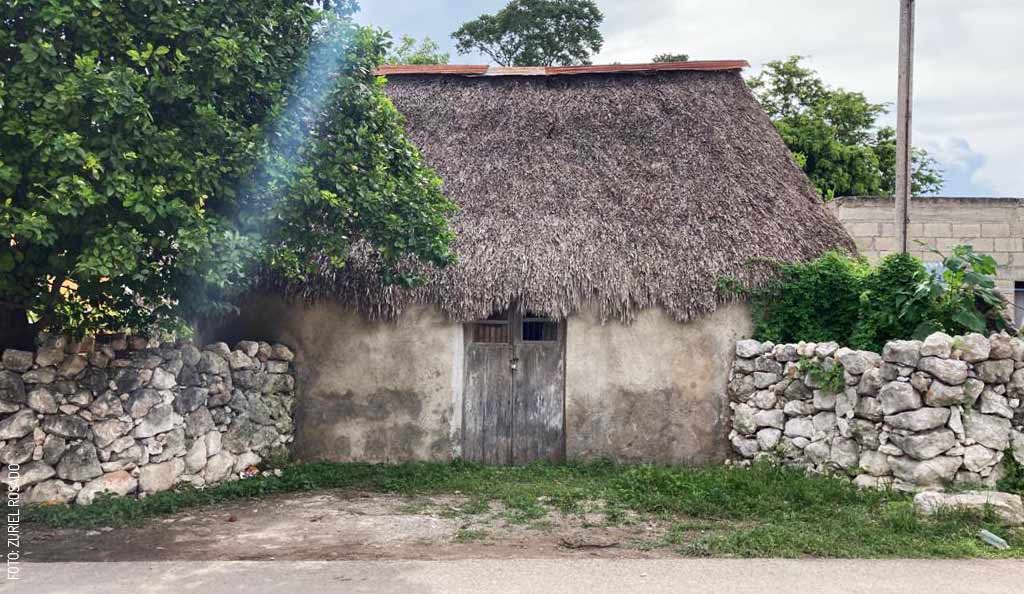Yucatán has beautiful details that make it one of a kind. It's just a matter of paying attention when you leave home and look through the window of the car, bus, or your transport service of choice and appreciate the scenery that comes into view.
Among our greatest attractions are the homes that preserve very traditional details in their construction or architecture. For visitors, they might be interesting for their peculiarity; for us, locals, they are a glimpse into our childhood, taking us back to our parents’ or grandparents' house where we grew up.
One of these details is the Yucatecan Albarrada, known in Maya as “koot.” These first saw the light of day many decades ago, built originally to protect crops from marauding animals. With time, they also began to be used to divide the land. Back then, dividing one plot from another wasn’t as common, since people often didn’t even know where one started and the other ended. Of course, once lands started to be bought and sold, this had to change, and the builders of that time came up with a great solution: to pile stone upon stone to separate one’s property from their neighbors'. 
The arrival of Albarradas meant patios were often visited by jumping hens, a duck, or even the dog next door, out for a stroll. Since an Albarrada’s average height was one meter, animals could easily jump over the wall (“cruzar la albarrada,” as it was commonly said), and we could enjoy a pleasant chat with our neighbors through this subtle division while we were doing outdoor chores or taking in the evening’s fresh air.
You may wonder how this stone-on-stone mechanism works. Well, marvelously, the Albarradas do not require any type of mortar in their construction. The art lies in stacking them in such a way that they fit together and maintain a perfect balance.
Although you’ll find increasingly fewer Albarradas in larger cities, many Yucatecan houses still keep this peculiar way of dividing properties, especially in the countryside.
To conclude, I’d like to note that this particular work is not at all easy: the material used for the construction of Albarradas is limestone, which usually needs to be extracted from the ground. The process includes breaking down the stones until they’re the desired size and, from there, piling them until they reach the height you’re looking for.
So the next time you leave the city, don't forget to appreciate the stories that the road has to tell and the beautiful details that Yucatán has for you to admire.

Author: Arianne Osalde
Yucatecan marketer with more dreams than is healthy to have. Loving every place in my beautiful Yucatan, but looking forward to each December to fully enjoy the ice cream (and the gifts, of course).
Receive the latest articles and much more from the best of Yucatán in your email!
Related articles

Dzidzantún, where Stone becomes Art, History and Culture
“That which is written on stone” is only one of the meanings given to this city’s name which is the birthplace of many celebrated teachers and...
Stone and Wood, the Treasures of Dzityá
Be amazed by Dzityá! Just half an hour from Mérida's Downtown, you'll find Mayan settlements and beautiful stone and wood crafts, meet their artisans.




